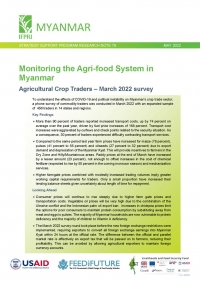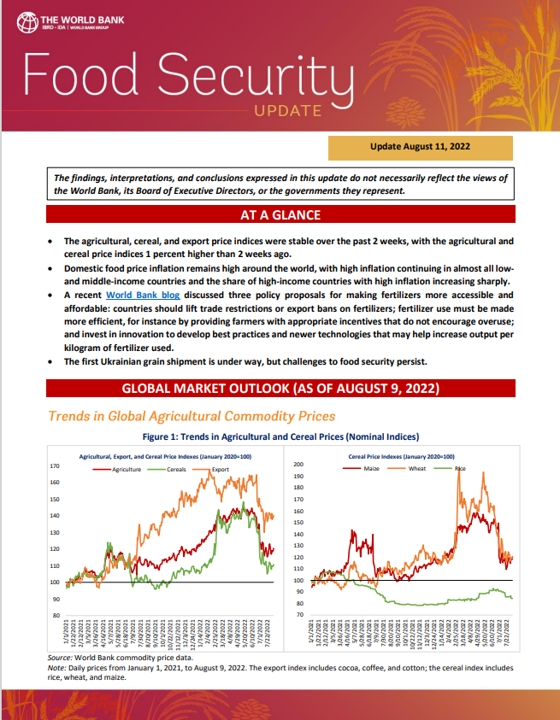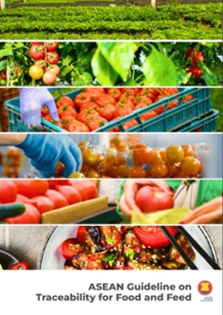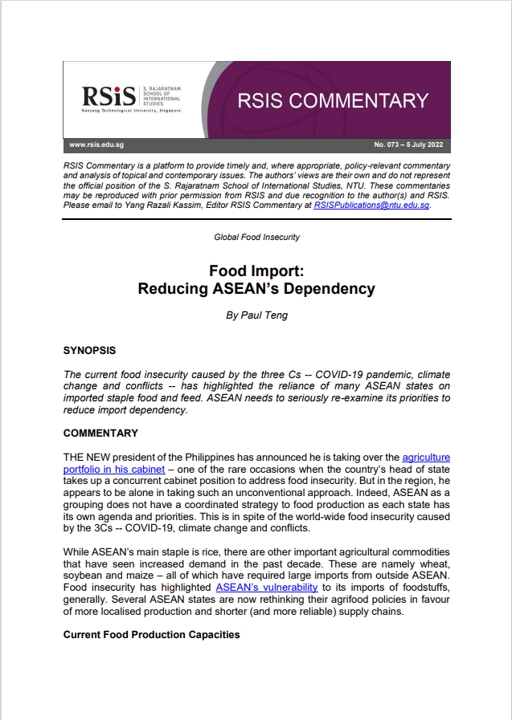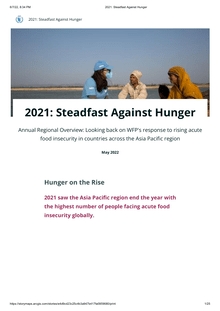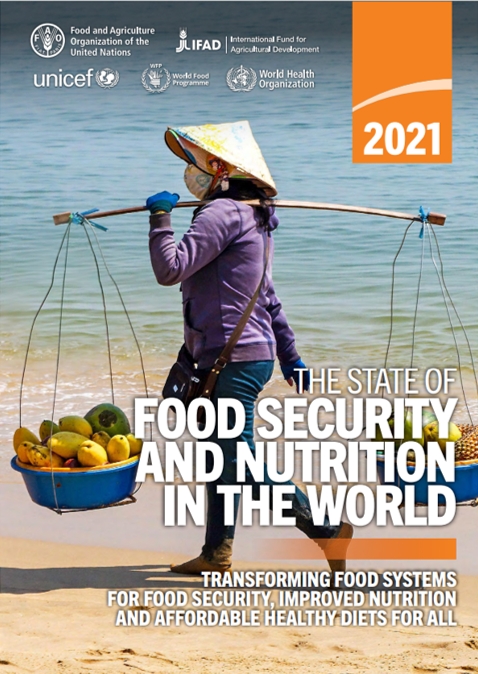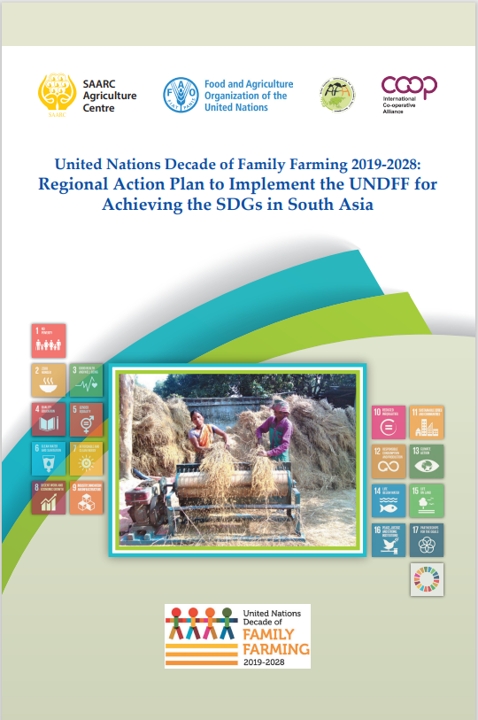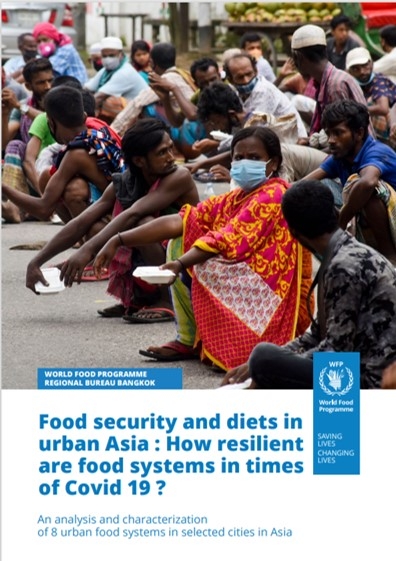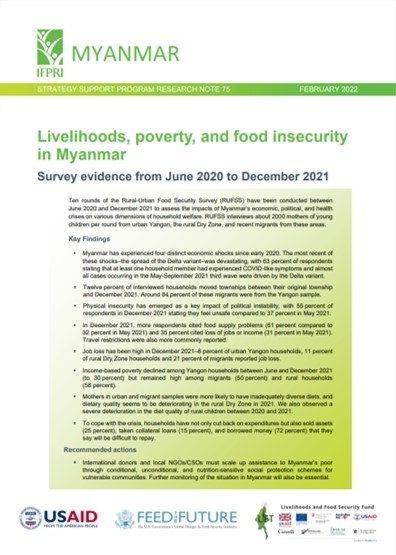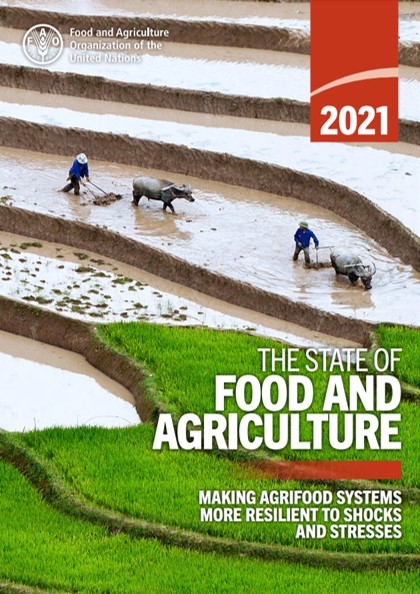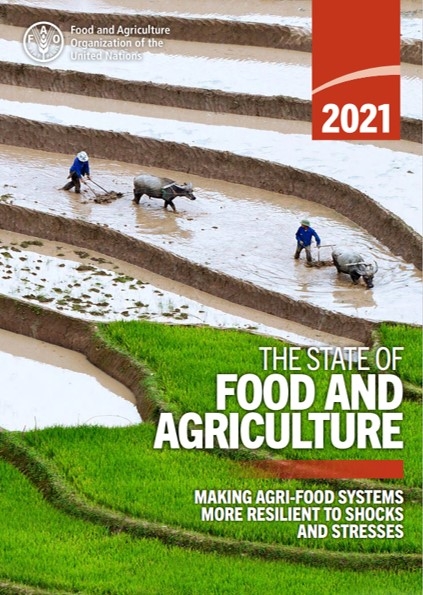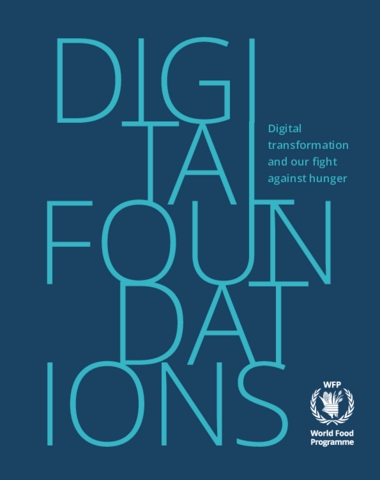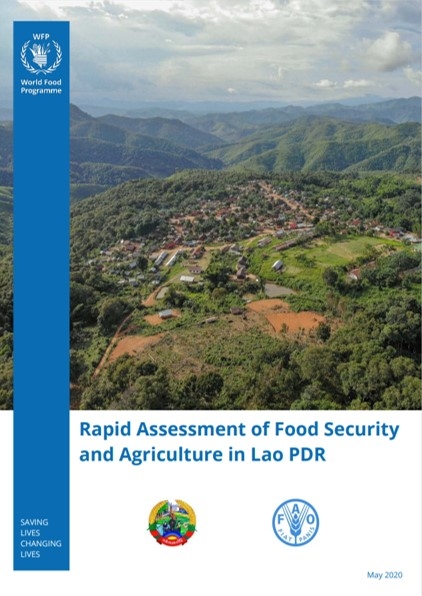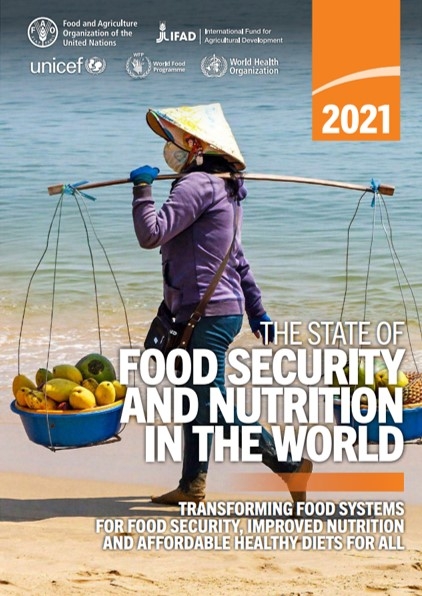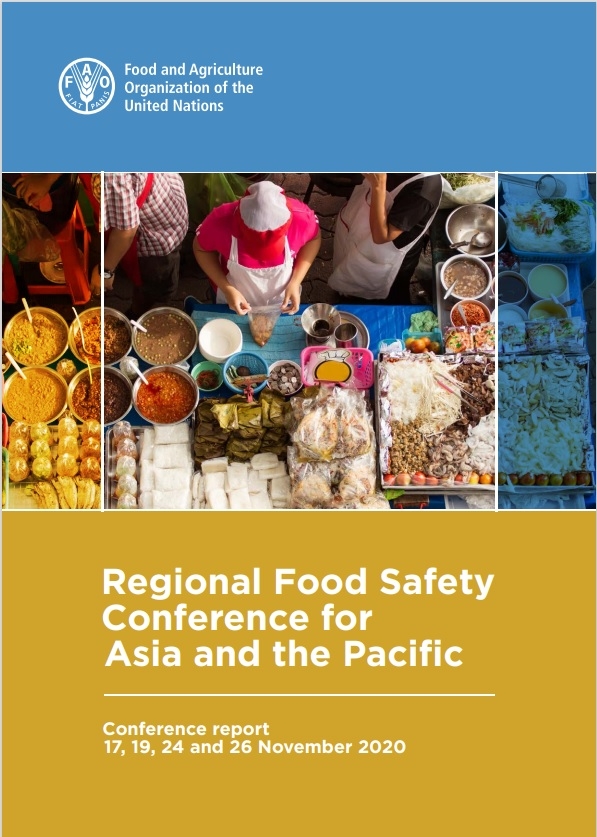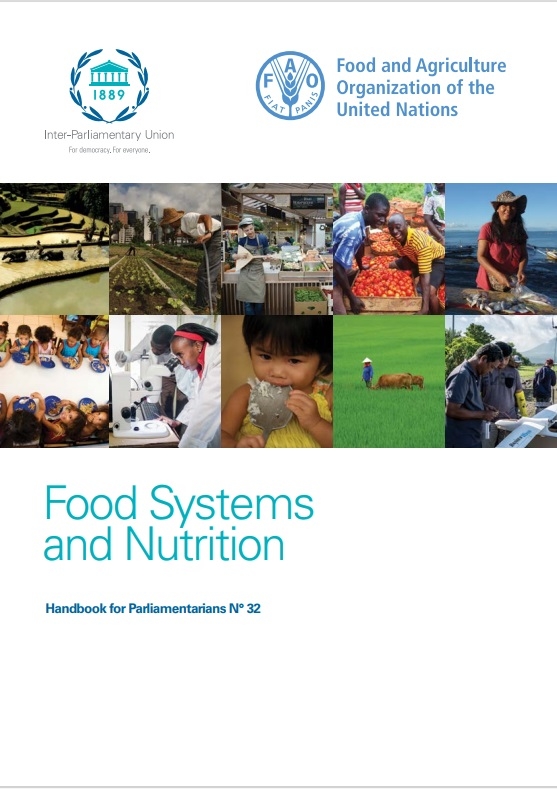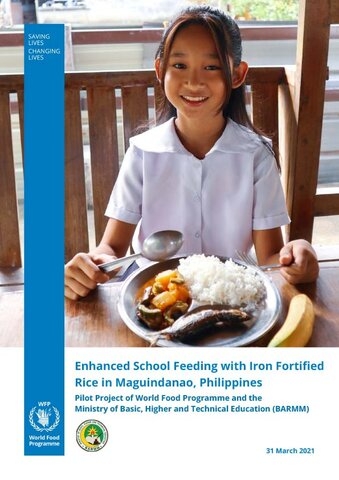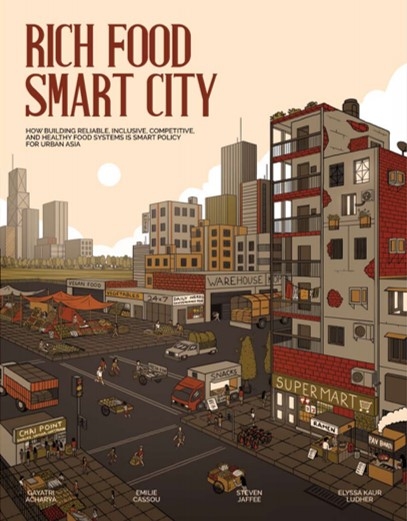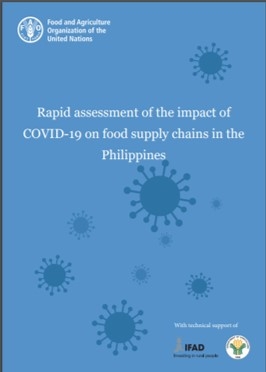Crop traders comprise the mid-stream of Myanmar’s food supply chain and serve as the essential link between farms and food processors, exporters, commodity exchange centers, and urban food markets. Thus, frictions and disruptions in the mid-stream caused by political instability and COVID-19 will likely affect farmers through market access and crop prices and urban consumers through food prices.
This Research Note presents results from a telephone survey of 456 crop traders from 122 townships in 14 states/regions conducted between March 24 and April 4, 2022 (Figure 1). We use a broad definition of traders that includes wholesalers that buy, store, grade, and sell commodities as well as brokers that facilitate crop sales on commissions and we separate the two types in the analysis below. The March survey is a continuation of a panel survey that has completed 7 rounds since May 2020. In this round, we expanded the sample to achieve a higher number of observations and wider geographic coverage. This note presents a snapshot of the crop trading segment of Myanmar’s food supply chain one year after the political instability initiated in February 2021. The objectives of the survey were (i) to continue to track key disruptions to crop trade such as continued surges in transport costs and increased fuel prices; (ii) to provide detail on credit lent out to farmers and credit taken in by traders, and (iii) to collect price data and trading volumes for major crops. To understand changes since the coup, we asked traders to recall information on employment, trading volumes, crop prices, and transportation from the same time last year (March 2021). We compare contemporary data from 2022 to recalled data from 2021 for the analysis, and findings are shown as percent changes.
